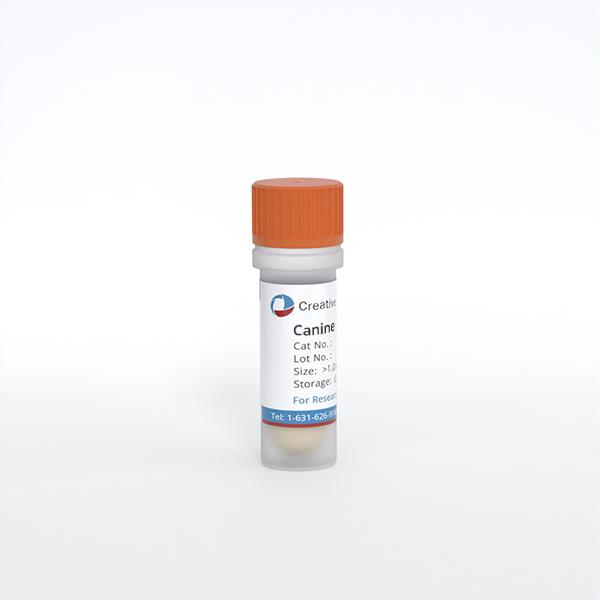Featured Products
Hot Products
ONLINE INQUIRY

Canine Dermal Fibroblasts-Neonatal
Cat.No.: CSC-C4806L
Species: Dog
Source: Dermis; Skin
Cell Type: Fibroblast
- Specification
- Q & A
- Customer Review
Cat.No.
CSC-C4806L
Description
Canine Dermal Fibroblasts are isolated from skin tissue of beagle dog.
Species
Dog
Source
Dermis; Skin
Recommended Medium
Cell Type
Fibroblast
Disease
Normal
Quality Control
Canine Dermal Fibroblasts-Neonatal are negative for bacteria, yeast, fungi, and mycoplasma.
Storage and Shipping
Creative Bioarray ships frozen cells on dry ice. On receipt, immediately transfer frozen cells to liquid nitrogen (-180 °C) until ready for experimental use.
Never can cryopreserved cells be kept at -20 °C.
Never can cryopreserved cells be kept at -20 °C.
Citation Guidance
If you use this products in your scientific publication, it should be cited in the publication as: Creative Bioarray cat no. If your paper has been published, please click here to submit the PubMed ID of your paper to get a coupon.
Ask a Question
Write your own review
Related Products


